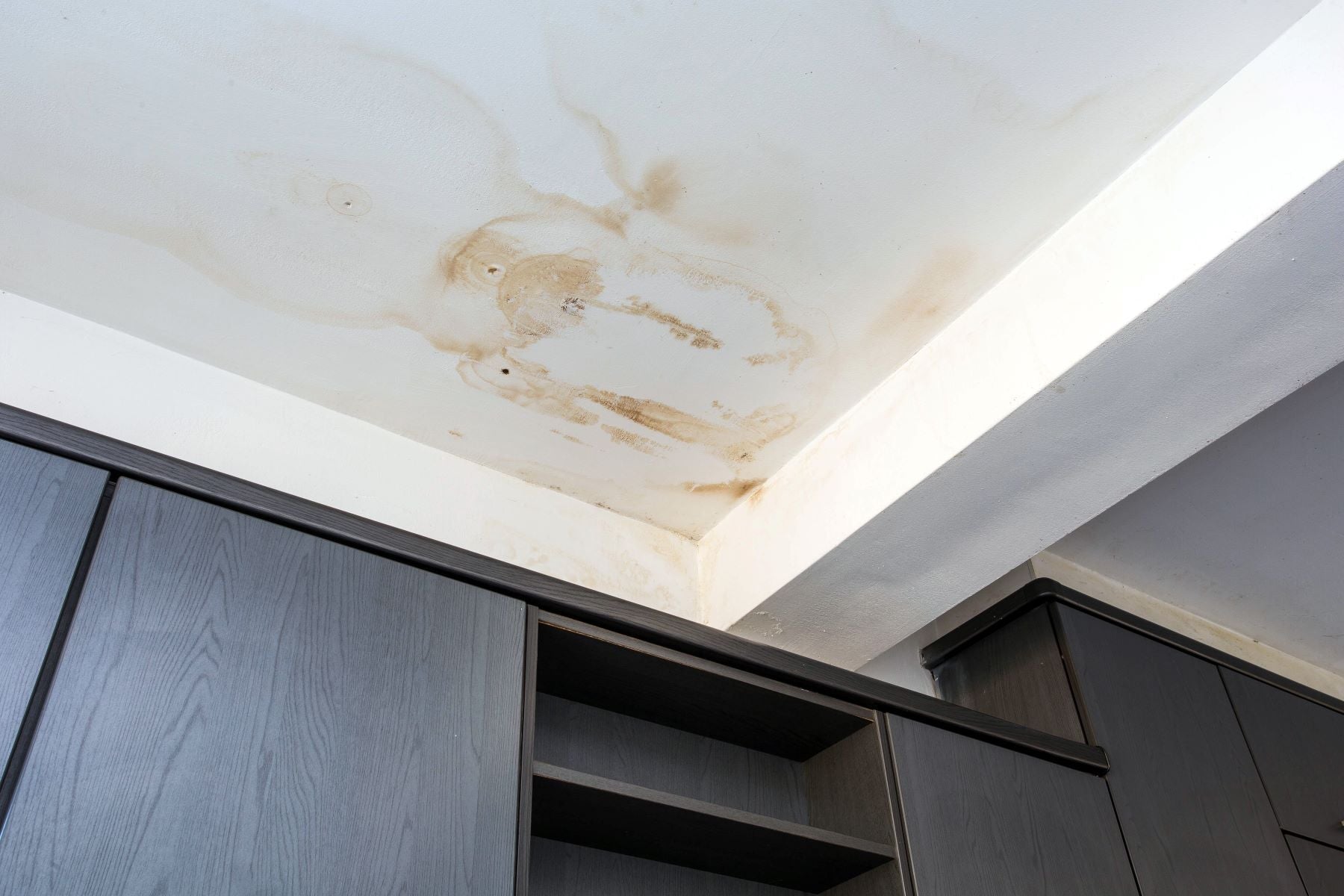By TJ Grim, Ready 2 Respond Trainer
When you find a water leak quickly, with the right tools and training, you can easily extract and dry the area before any significant damage occurs. But if your response is delayed by days or even weeks, you’re facing potential structural damage, mold growth, costly repairs, and extended disruption – all from a leak that could have been detected earlier.
Water leaks are often silent and hidden, making early detection crucial for facilities. Recognizing subtle signs can prevent minor issues from escalating into major problems.
Possible Red Flags
Here are some common symptoms to be on the lookout for:
-
Musty Odors or Mold Growth
Damp smells or visible mold, especially in basements or near HVAC systems, suggest moisture accumulation from leaks. Once mold sets in, it can quickly spread and compromise indoor air quality, create health risks for building occupants, and cause costly damage. -
Variations in Humidity Levels
If certain areas consistently register higher humidity than others, it may signal moisture buildup from an undetected leak behind walls, beneath floors, or near HVAC systems. Monitoring humidity regularly can help pinpoint problem areas and prevent costly damage. -
Discoloration on Ceilings and Walls
Yellow or brown stains often indicate water intrusion from roof leaks or plumbing issues above the affected area. These stains can be early indicators of a slow, ongoing leak that, if left unaddressed, may cause structural damage or mold growth. -
Warping, Buckling, or Peeling Building Materials
Floors that appear warped, soft, or buckled may be absorbing water from hidden leaks beneath the surface, potentially compromising subflooring and creating safety hazards. Similarly, moisture behind walls can cause paint to peel or bubble, indicating ongoing water intrusion. These signs are more prevalent in areas with plumbing behind walls, such as restrooms, kitchens, and mechanical rooms. -
Rust on Pipes or Metal Fixtures
Corrosion on pipes, especially near joints, suggests ongoing exposure to moisture and potential leaks. In boiler or mechanical rooms, rust can compromise pipe integrity, increasing the risk of more serious leaks or even bursts. -
Cracks in Foundation or Walls
Water intrusion can weaken structural elements, leading to cracks in foundations or walls over time. Inspect for cracks in basements or lower-level walls, where water is more likely to pool. Early detection can prevent costly structural repairs. -
Changes in Utility Bills
Unexpected increases in water bills without a clear reason can signal a hidden plumbing leak. Regularly review utility statements for unusual surges and investigate potential problem areas like restrooms, kitchens, and irrigation systems. -
Malfunctioning Systems
Electrical wiring and HVAC systems can be susceptible to hidden water damage, causing minor power outages, equipment disruptions, or inefficient operations. Implement regular system checks and investigate any new issues that pop up.
Proactive Measures and Assessments
Addressing water leaks early prevents costly damage and protects the health and safety of building occupants. Routine assessments and moisture monitoring are essential for identifying leaks before they escalate. The risk of hidden leaks increases in facilities encompassing multiple buildings with multiple floors and extensive plumbing systems, so implementing a proactive monitoring plan is key.
To effectively detect leaks, consider a combination of strategies:
- Regular Inspections – Schedule routine checks, particularly of high-risk areas, to check for signs like rust on pipes, moisture stains, and warped floors.
- Moisture Sensors – Install sensors in basements and near HVAC systems to provide early warnings of leaks.
- Data Monitoring – Track water usage and compare it to historical averages to spot unexplained spikes that may indicate hidden leaks.
- Staff Training – Equip facility and maintenance team members with moisture meters and train them to conduct targeted inspections during regular rounds.
For facility managers, a comprehensive water damage assessment provides a clear overview of existing vulnerabilities and offers actionable steps to address them.
For assistance with assessment and team training options, contact the R2R team. For facility management tips, follow us on LinkedIn and subscribe to our Facility Insights newsletter.


How Real-World Emergency Training Builds Strong Teams
Summer on Campus: Reducing Moisture Hazards